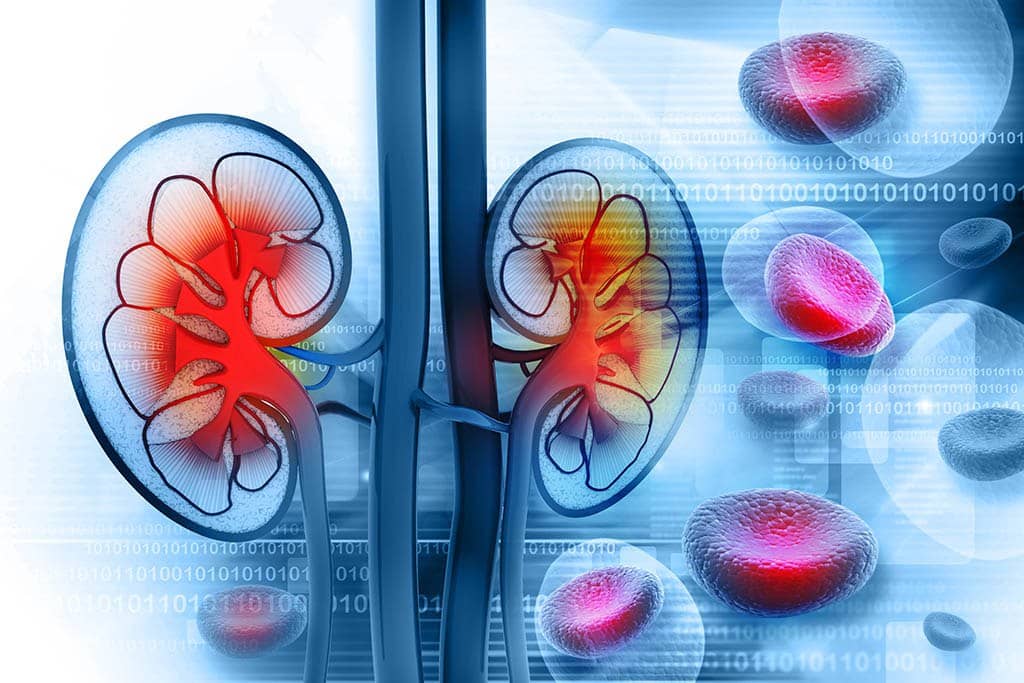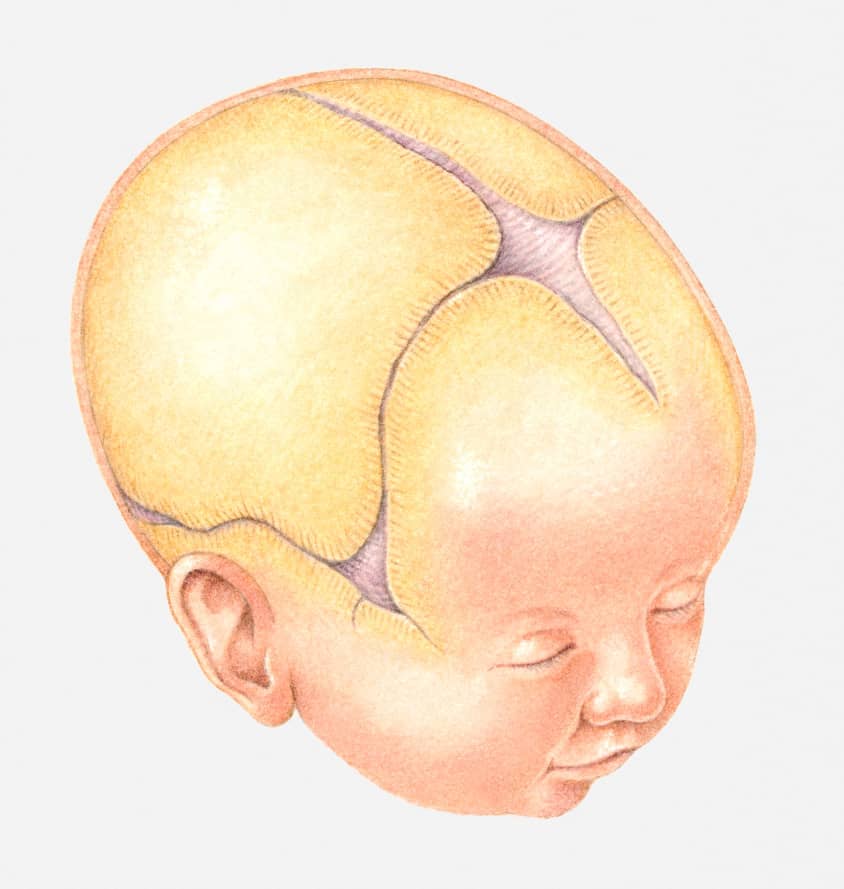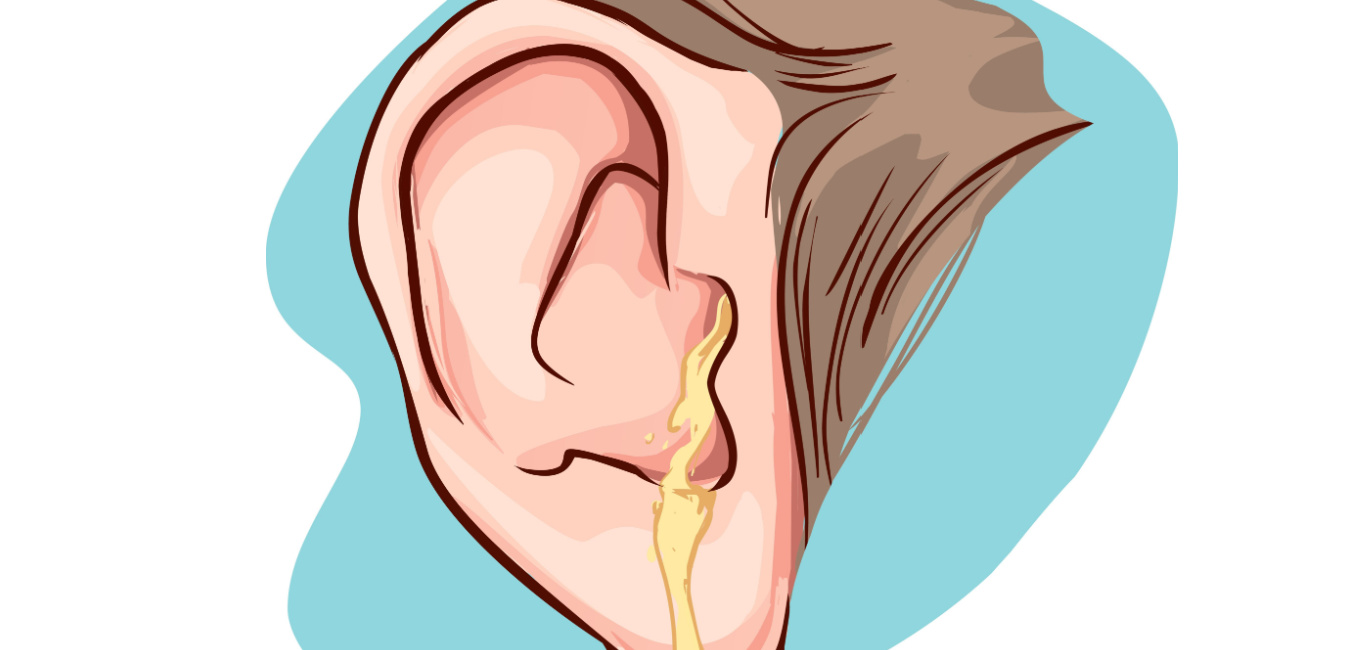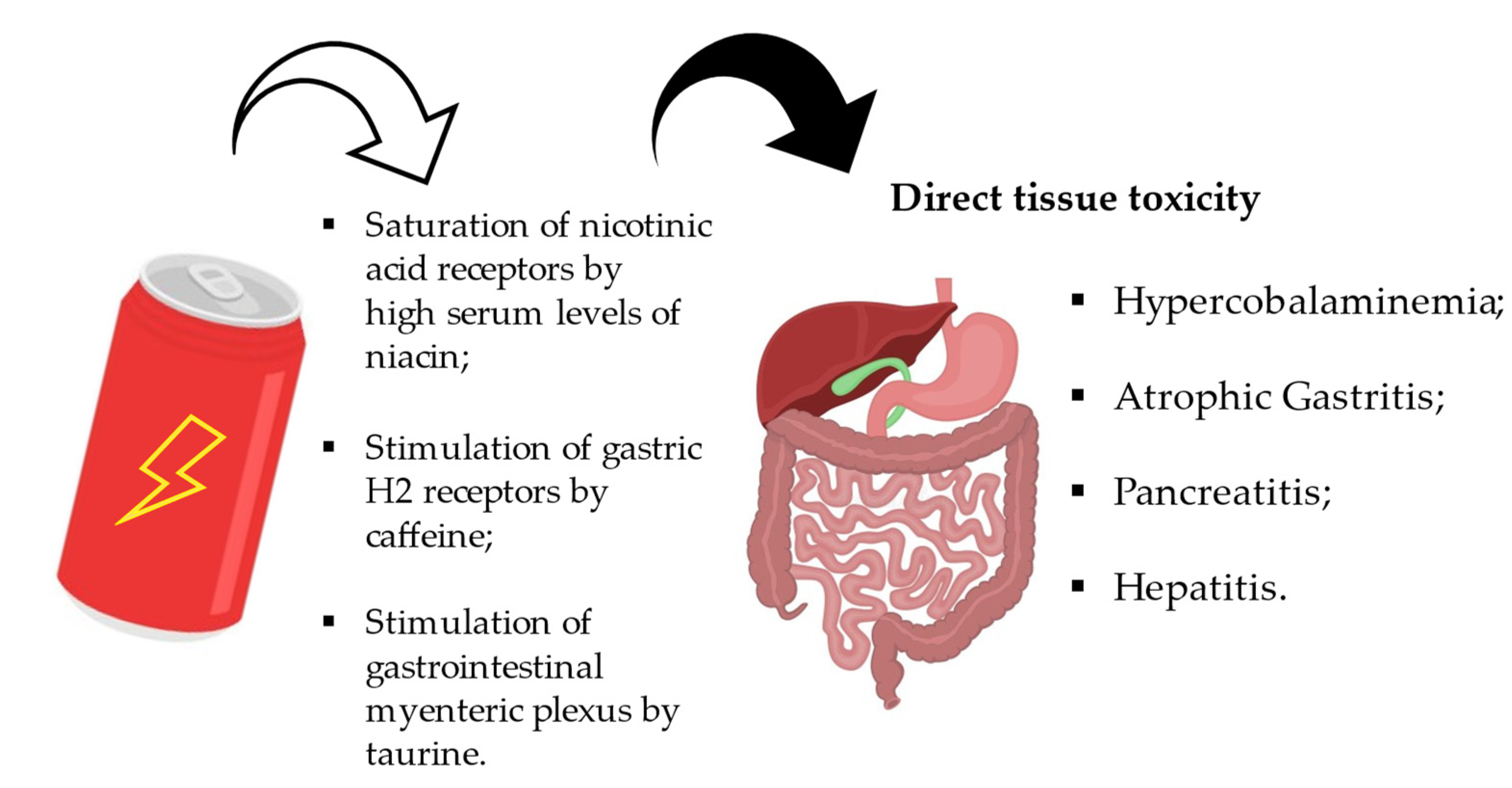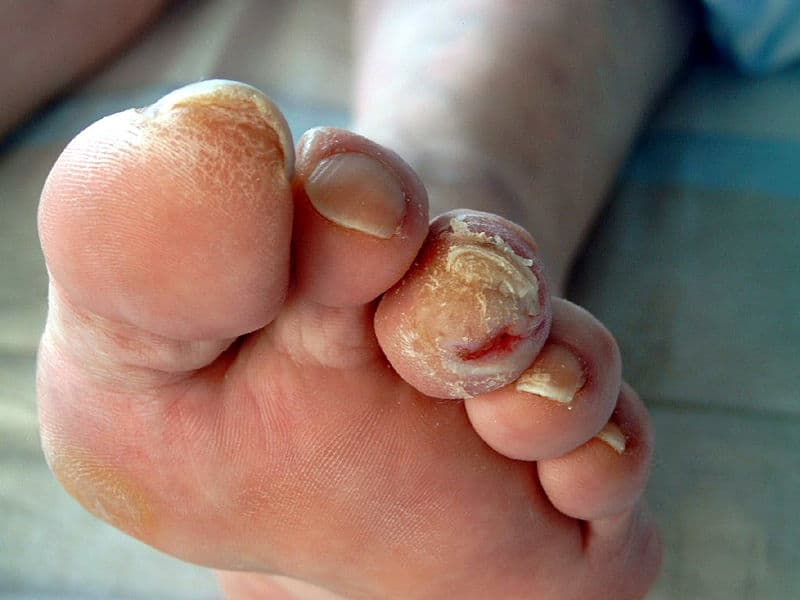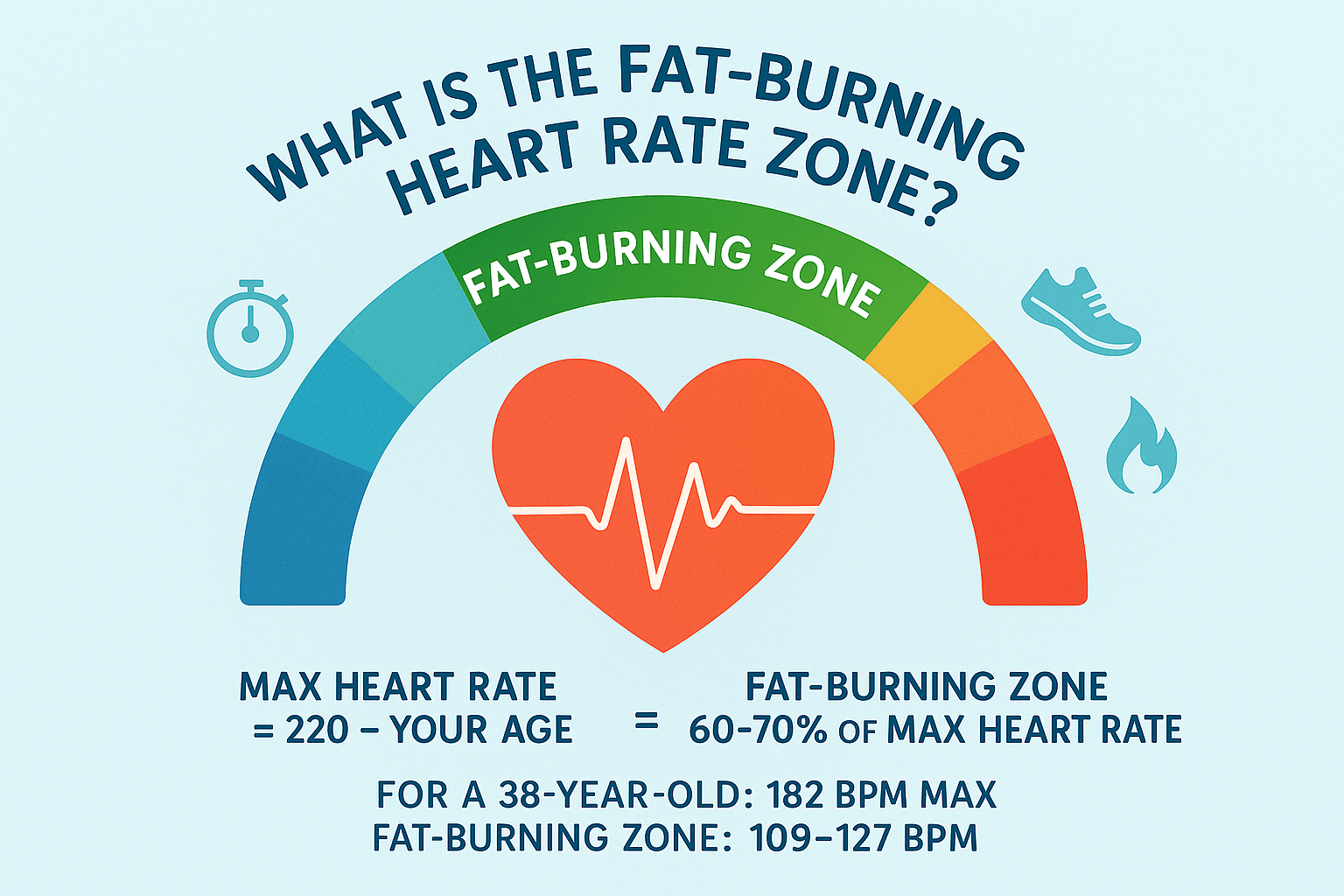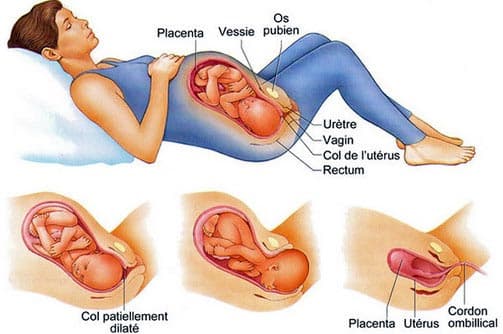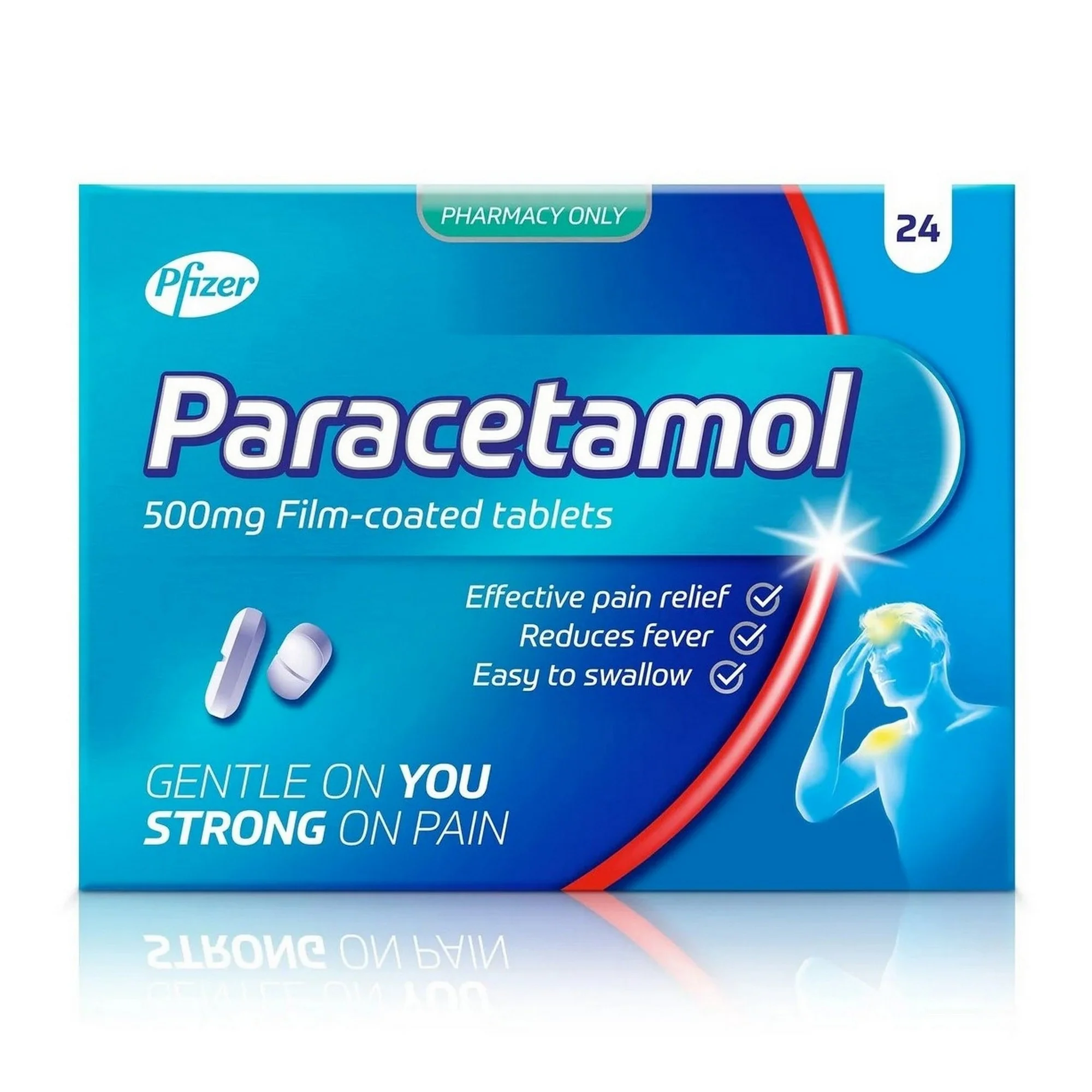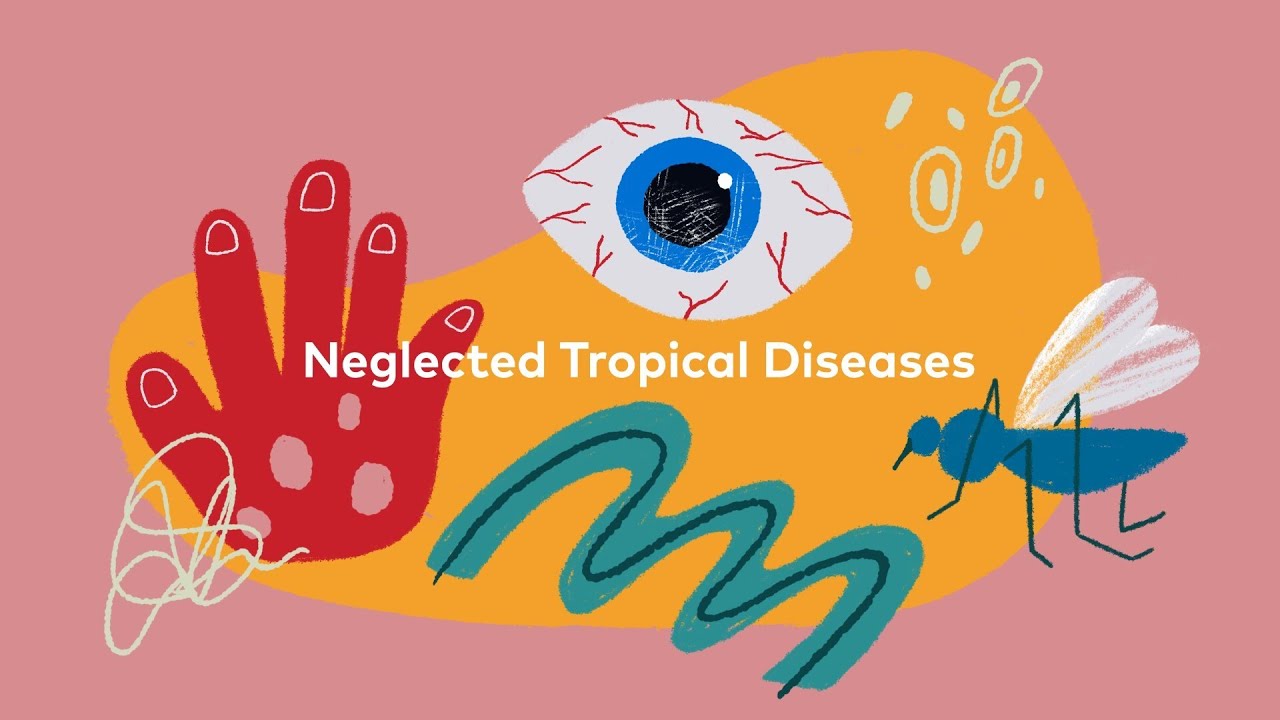Nephrotic syndrome is a clinical and biological condition characterized by a set of key symptoms and laboratory findings resulting from increased glomerular permeability. This condition can affect both children and adults, requiring timely diagnosis and tailored management.
Diagnostic Approach
Nephrotic syndrome is defined by the presence of the following four major criteria:
-
Massive Proteinuria
-
Adults: ≥ 3.5 g/24h or protein/creatinine ratio ≥ 350 mg/mmol.
-
Children: ≥ 50 mg/kg/day or protein/creatinine ratio ≥ 200 mg/mmol.
-
-
Hypoalbuminemia
-
Serum albumin < 30 g/L due to urinary protein loss.
-
-
Edema
-
Generalized swelling (e.g., lower limbs, ascites, pleural effusions) resulting from low oncotic pressure and sodium/water retention.
-
-
Hyperlipidemia
-
Elevated cholesterol and triglycerides due to hepatic compensation of low albumin levels.
-
Renal Biopsy
A kidney biopsy is indicated in adults to determine the underlying histological cause, especially if the response to standard treatment is poor. It may include further investigations such as serologies and genetic testing.
Etiologies of Nephrotic Syndrome
1. Primary Glomerular Diseases
-
Minimal Change Disease (MCD)
Most common in children (90% under age 10). No visible lesions under light microscopy; podocyte foot process effacement seen via electron microscopy. Rapid steroid response in 90% of cases. -
Focal Segmental Glomerulosclerosis (FSGS)
Leading cause in adults. Characterized by glomerular scarring. May be idiopathic, genetic (NPHS1, NPHS2 mutations), or secondary to hyperfiltration (e.g., obesity, reduced nephron mass). -
Membranous Nephropathy
Caused by immune complex deposits on the glomerular basement membrane. Frequently linked to anti-PLA2R antibodies (70% of idiopathic cases). -
Membranoproliferative Glomerulonephritis (MPGN)
Associated with mesangial deposits and cell proliferation. Often secondary to chronic infections (e.g., hepatitis C) or blood disorders.
2. Secondary Causes (Systemic or Extra-Renal Diseases)
-
Metabolic Diseases
-
Diabetes mellitus: Nodular glomerulosclerosis (Kimmelstiel-Wilson lesions).
-
Amyloidosis: AL or AA amyloid protein deposits in glomeruli.
-
-
Autoimmune Diseases
-
Systemic Lupus Erythematosus (SLE): Lupus nephritis (Class IV or V).
-
Vasculitis: Granulomatosis with polyangiitis, polyarteritis nodosa.
-
-
Infections
-
Viral: HIV, hepatitis B and C.
-
Bacterial: Infective endocarditis, syphilis, tuberculosis.
-
Parasitic: Malaria, schistosomiasis.
-
-
Drugs and Toxins
-
NSAIDs, gold salts, penicillamine, interferons, heparin.
-
Heavy metal exposure: mercury, lead.
-
-
Malignancies
-
Hematologic: Multiple myeloma, lymphoma.
-
Solid tumors: Lung, colon, melanoma (paraneoplastic syndromes).
-
3. Genetic and Congenital Causes
Mainly found in children or familial forms:
-
Congenital Nephrotic Syndrome: NPHS1 (nephrin), NPHS2 (podocin), WT1 mutations (e.g., Denys-Drash syndrome).
-
Alport Syndrome: Collagen IV defect affecting the basement membrane.
-
Pierson Syndrome: LAMB2 mutation with associated eye abnormalities.
4. Idiopathic Nephrotic Syndrome
-
Idiopathic Pediatric Nephrotic Syndrome:
Accounts for 90% of pediatric cases with no identifiable cause. High response rate to steroids, but 80% relapse frequently. -
Steroid-Resistant Nephrotic Syndrome (SRNS):
Affects about 10% of children. Requires renal biopsy and immunosuppressive therapy (e.g., ciclosporin, rituximab).
5. Risk Factors
-
Comorbidities: Obesity, hypertension, dyslipidemia.
-
Environmental exposures: Nephrotoxic drugs, toxins.
-
Recurrent infections: Promote immune complex formation.
Treatment Strategies
1. First-Line Therapy: Corticosteroids
-
Adults: Prednisone 1 mg/kg/day (max 80 mg/day) for 4 weeks, then taper over 4–6 months. Expected remission in 8–16 weeks.
-
Children: Prednisone 60 mg/m²/day for 4–6 weeks, followed by alternate-day taper over 2–3 months. 90% response in MCD.
2. Immunosuppressive Therapy (Steroid-Resistant or Dependent Cases)
-
Cyclophosphamide: 2 mg/kg/day for 8–12 weeks (max 200 mg/day).
-
Mycophenolate Mofetil (MMF): 1,000–1,500 mg twice daily.
-
Rituximab (anti-CD20): 375 mg/m² weekly for 1–4 infusions. 60–80% success in children with SRNS or relapsing forms.
3. Targeted Therapy Based on Histology
-
FSGS:
-
Calcineurin Inhibitors: Ciclosporin (3–5 mg/kg/day) or tacrolimus.
-
Sparsentan: Approved in 2023, dual endothelin and angiotensin II receptor antagonist (50% proteinuria reduction).
-
-
Membranous Nephropathy:
-
Rituximab: First-line (2 infusions of 1g, 15 days apart).
-
Ponticelli Protocol: Corticosteroids + chlorambucil if rituximab contraindicated.
-
4. Management of Secondary Forms
-
Diabetic Nephropathy:
Tight glycemic control (HbA1c <7%), SGLT2 inhibitors (e.g., dapagliflozin). -
AL Amyloidosis:
Chemotherapy (e.g., bortezomib + dexamethasone) targeting plasma cells. -
Lupus Nephritis:
Mycophenolate mofetil or cyclophosphamide + hydroxychloroquine.
5. Supportive Treatment
-
Proteinuria Reduction:
ACE inhibitors (e.g., lisinopril) or ARBs (e.g., losartan) at maximum tolerated doses. -
Complication Prevention:
-
Anticoagulation: LMWH (e.g., enoxaparin) if albumin <20 g/L.
-
Statins: Atorvastatin or rosuvastatin for lipid control.
-
Supplements: Vitamin D and calcium (osteoporosis prevention).
-
-
Edema Management:
-
Sodium restriction (<3–5 g/day).
-
Loop diuretics (e.g., furosemide 40–120 mg/day) ± spironolactone.
-
6. Relapse Management
-
Steroid-Dependent NS:
Rituximab first-line, or MMF maintenance.
Ciclosporin (1.5–2 mg/kg/day) as an alternative. -
Frequently Relapsing NS:
Pneumococcal and COVID-19 vaccines mandatory before immunosuppression.
7. Emerging Therapies
-
Finerenone: Mineralocorticoid receptor antagonist for diabetic nephropathy (under investigation).
-
Gene Therapy: Trials ongoing for genetic FSGS (e.g., NPHS2 mutations).
-
Complement Inhibitors: Avacopan (anti-C5a) being tested in vasculitis-associated NS.
Monitoring and Follow-Up
-
Biological Monitoring:
Regular measurement of 24h proteinuria, serum albumin, and creatinine (monthly during acute phase). -
Clinical Monitoring:
Blood pressure, weight, and edema assessment.
Conclusion
Nephrotic syndrome is a complex condition requiring early diagnosis, identification of the underlying cause, and a multidisciplinary management approach. Advancements in immunotherapy and genetic understanding continue to improve outcomes, especially for steroid-resistant and genetically linked cases.
